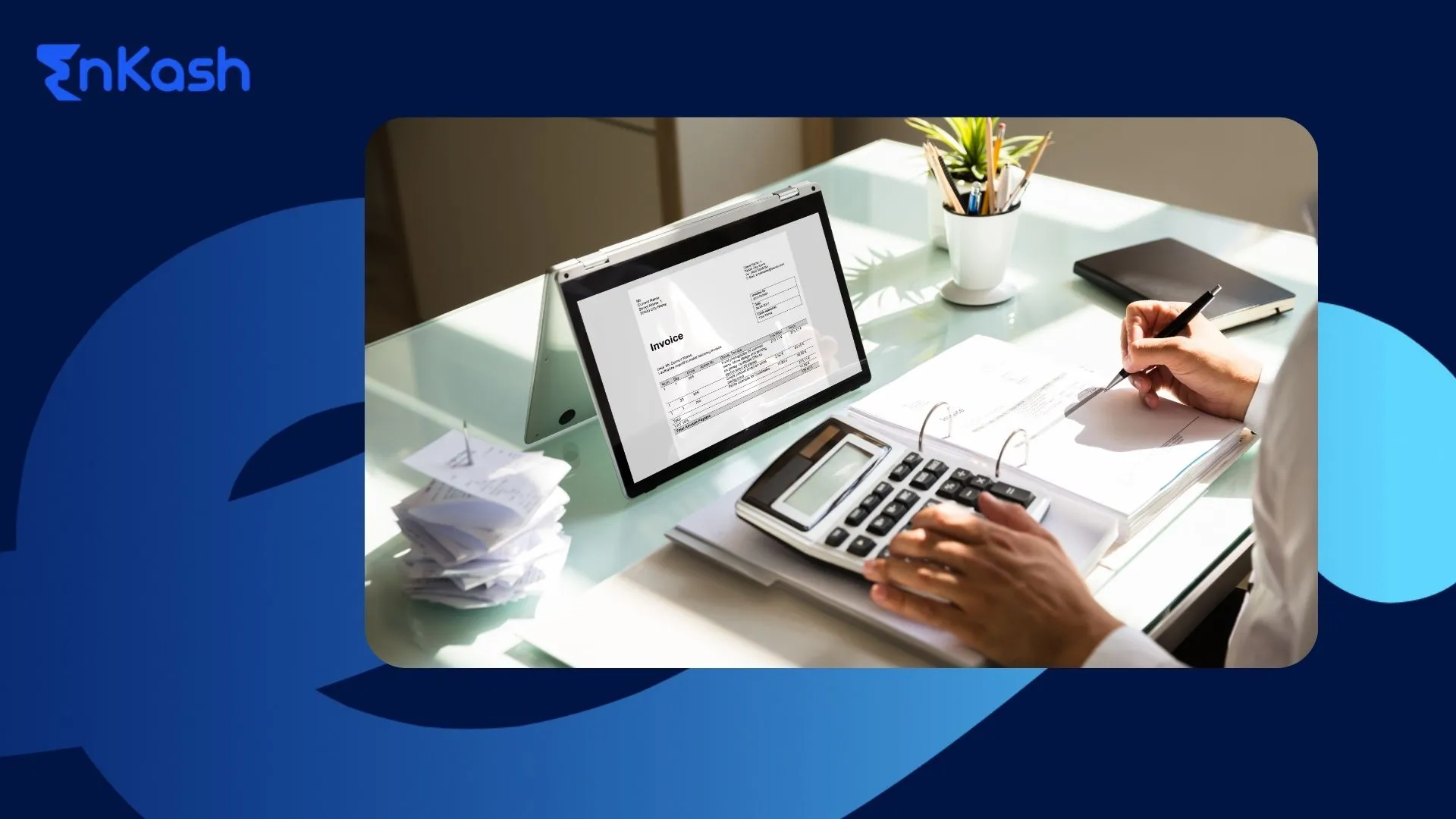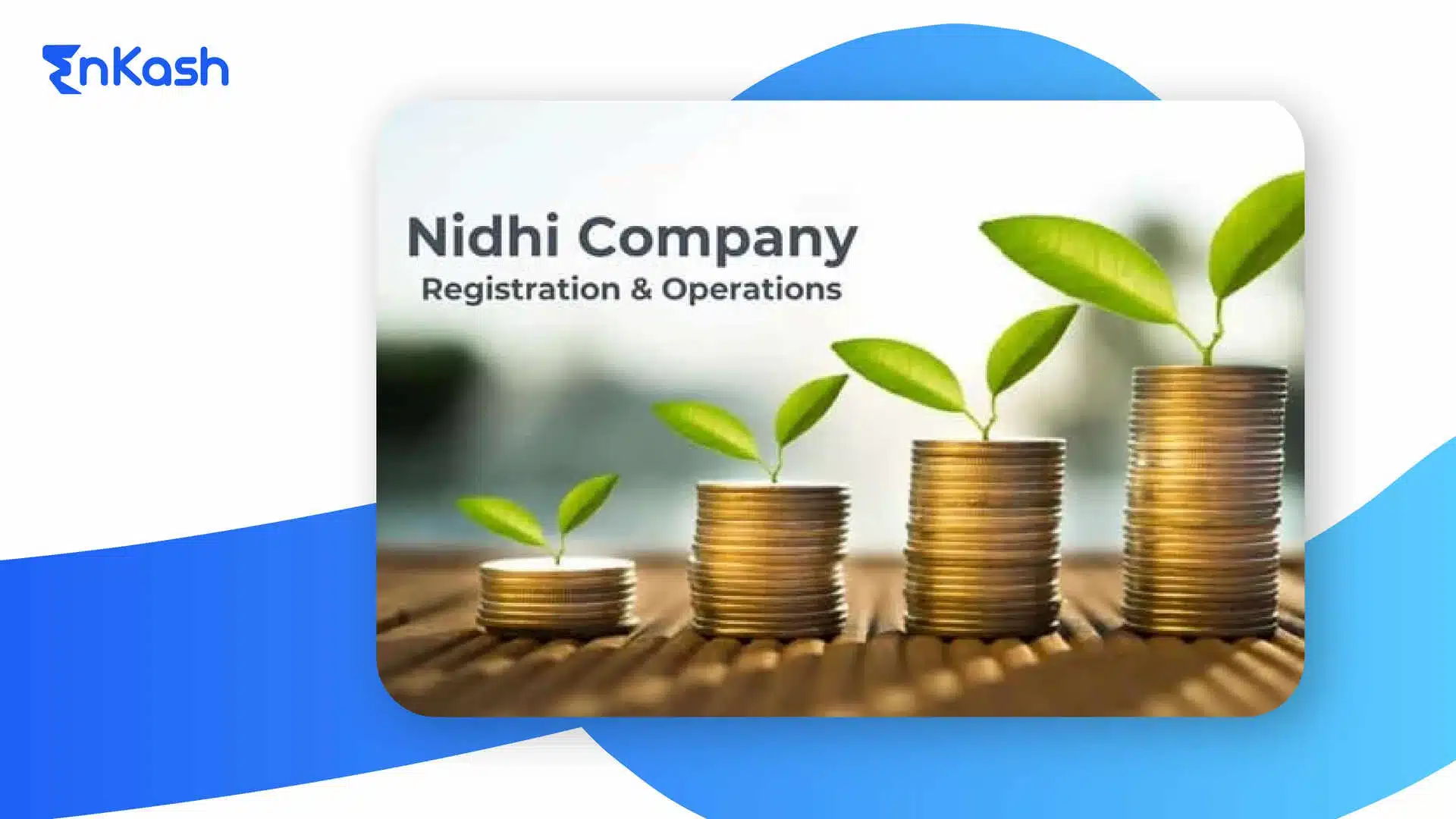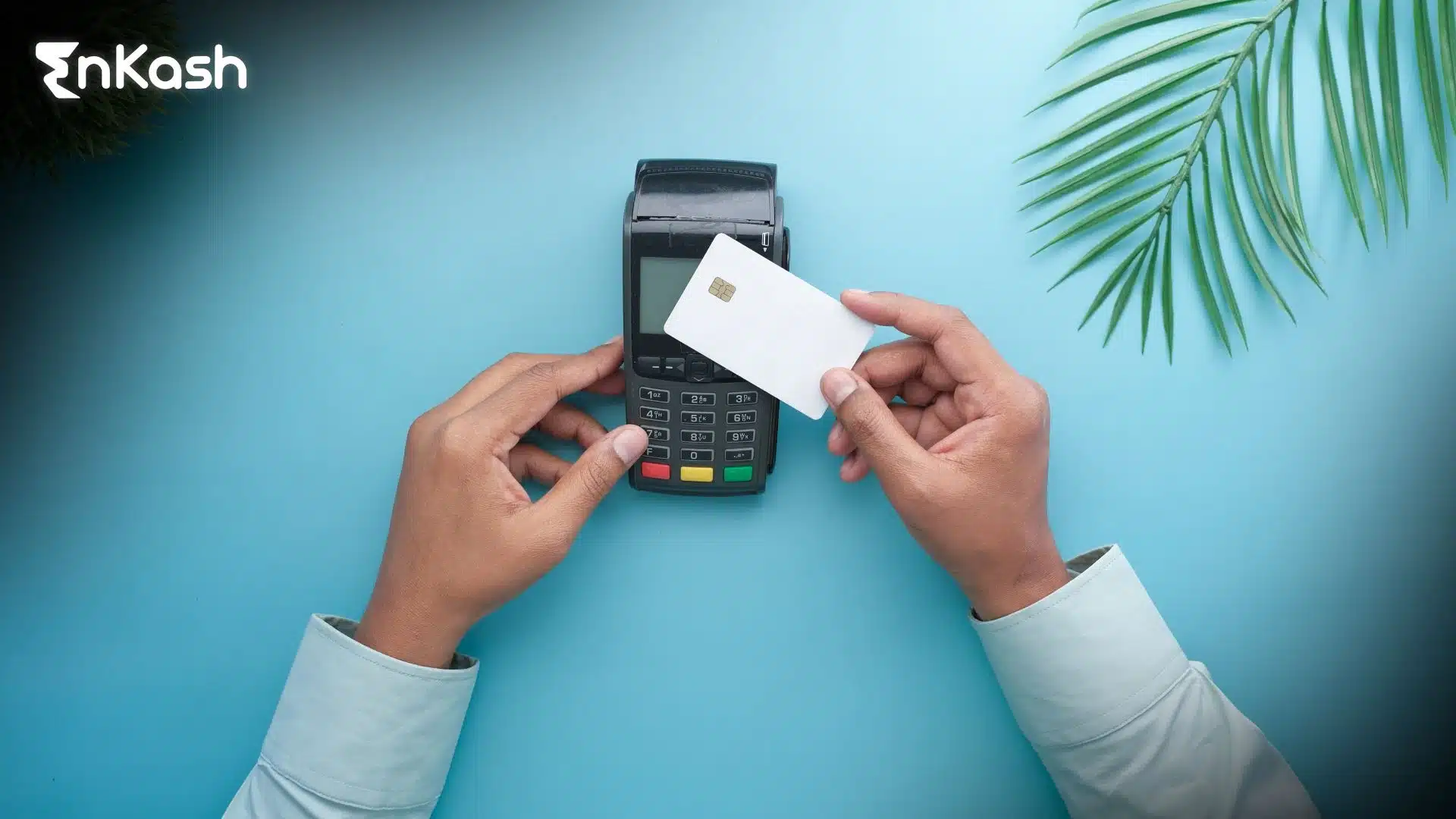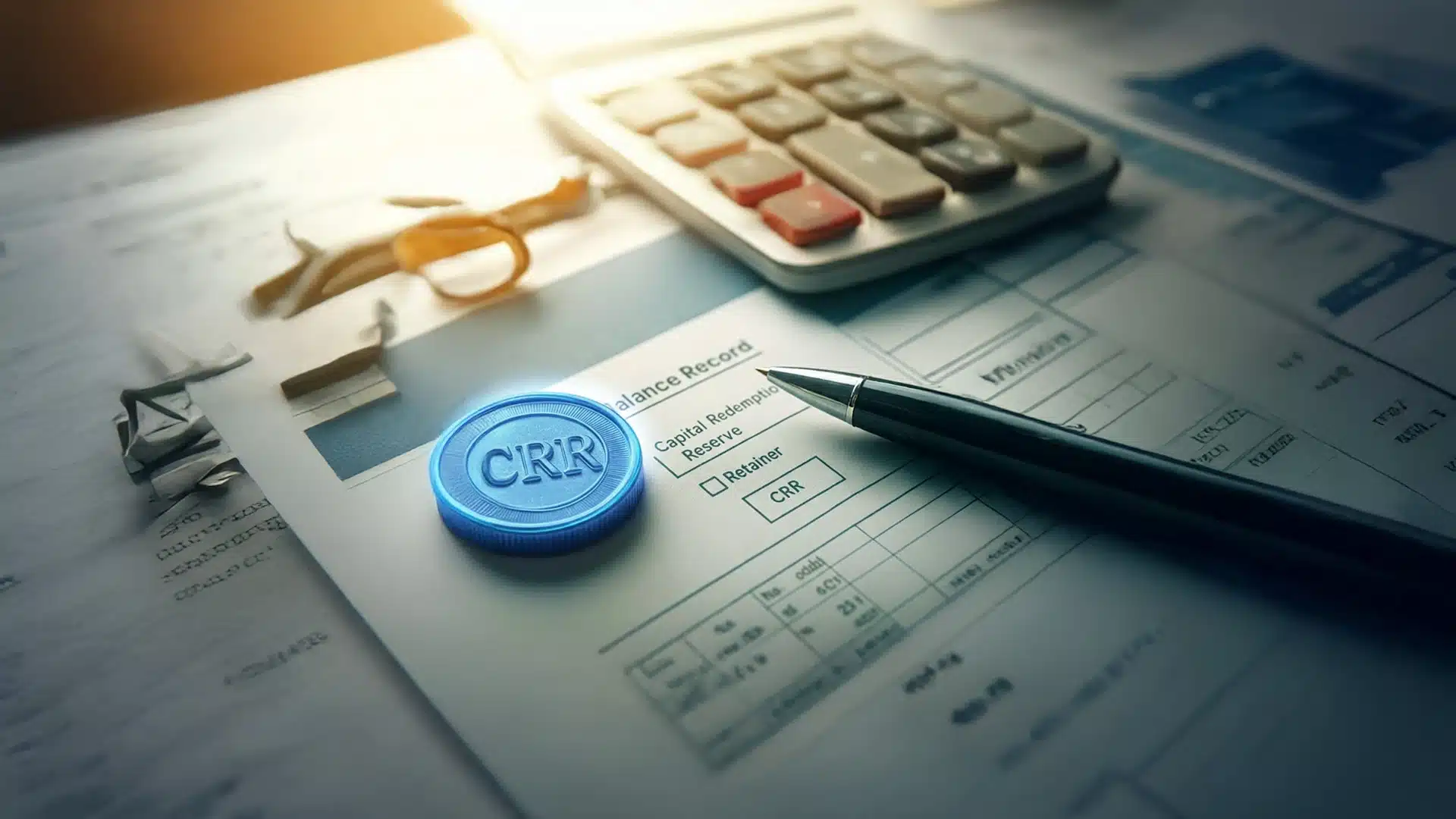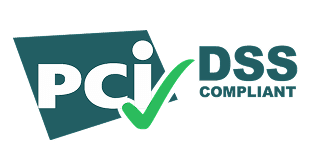Introduction
Every business transaction should have a clear and transparent document that allows for accountability. One of the most important documents is a sales invoice. It represents a formal request for payment, detailing the sale of goods or services, along with the price, taxes, and terms of payment. A sales invoice is not just a tool for billing clients for goods or services; it also helps maintain records and supports compliance with accounting standards. By understanding how to create and manage sales invoices, businesses can significantly improve cash flow, whether it is a small business locally or a large-scale business.
Understanding the Meaning and Purpose of a Sales Invoice
A sales invoice is a very important document issued by the seller to the buyer to formally request payment for a product or service delivered to the client. Mandatory details on sales invoices include descriptions of goods or services sold, quantity, unit price, taxes, terms of payment, and total payment. The document serves as a record of the transaction for each party and helps mitigate communication errors. Hence, the term sales invoice implies a commercial document recording the sale and awaiting payment, which may also serve as a legal record in tax or contractual contexts.
From one industry to another, different terminologies may be used to describe a sales invoice depending on the type of goods or services sold, but in its simplest form, it is a thorough summary of the transaction between the two parties, used by both for accounting and financial reporting. From an accountant’s perspective, invoices from the point of view of accounting are financial records signifying an income to the seller, whereas at the same time, they form one of the major references in bookkeeping, auditing, and tax submissions. It helps businesses in maintaining records of other sources of income, managing their customer accounts, payments reconciliations, and overall financial results over a given time or over periods. Also, invoicing appropriately allows one to keep good control of receivables and improve the cash flow. In keeping with buyers, a sales invoice will ensure that there is a level of transparency regarding what the buyer is charged for and may even serve as a paper trail for warranty, returns, or future reference.
In a well-controlled system, it is best practice to create and record sales invoices promptly for regulatory and tax reporting. Properly done sales invoicing, therefore, is essential, be it for the freelancer, the small business owner, or someone tending to a sales transaction of a Fortune 500 company, if they wish to maintain the financial health, stay compliant, and foster client-friendly relationships. Understanding what it means and how it is treated in accounting will help you carry out transactions with much professionalism and accuracy.
Key Elements Included in a Standard Sales Invoice Format
Invoices are not just payment requests; they are crucial business documents that allow for the smooth flow of information between the seller and buyer. The correct sales invoice format guarantees correct bookkeeping, legal compulsion, and good cash flow. Whether computer-generated or hand-written, all details considered by the parties for fulfilling the purposes of the invoice must be listed.
Normally, the invoice would include details like:
Invoice Number and Date
The invoice should have a number that should not be repeated to prevent confusion with other documents. An invoice date is also necessary to establish a timeline for payment since it is the date when an invoice is issued.
Seller and Buyer Details
The seller’s company name, with their business address, contact details, and GSTIN (if applicable) should be made available. The buyer’s name and billing address should also be mentioned.
List of Goods or Services
An itemized listing of the goods sold or services provided should include product descriptions, part numbers (if any), units sold, or hours billed.
Rate, Quantity, and Subtotal
Each line item should reflect the unit rate, the quantity, and the resulting subtotal. This gives a transparent view of the transaction before tax and additional fees.
Applicable Taxes
Here, taxes such as GST (in India) or VAT (in some other countries) should be clearly stated.
Total Amount Payable
A total at the end of an invoice, showing the amount due after discounts and after taxes, if any, so the buyer knows exactly what they owe.
Payment Terms and Due Date
Indicating the method of payment, what credit period is made available to the buyer to pay the amount, and the due date itself, so the buyers will know when they have to pay.
Additional Notes or Terms
Sometimes, in addition to other remarks, warranty information, or return policy could be inserted at the bottom for clarity and goodwill.
After payment has been made, a payment receipt should be issued separately, although businesses often retain the sales invoice with a ‘Paid’ stamp or note for record-keeping. The invoice would work as a sales invoice, bill, or receipt for the buyer to accept formally, imposing upon the buyer that they are duly charged for the sales. The correct sales invoice should always be maintained either digitally or in hard copy for proper documentation and compliance.
Exploring Different Kinds of Sales Invoices for Business Use
A business uses different sales invoices depending on the nature of business activities, frequency of transactions, and sometimes the requirements attached to an actual sale. Each type is created to serve a particular need and eliminate the bottleneck in billing. Below are some of the most common sales invoices:
Pro-Forma Invoice
A pro-forma invoice is often used in international trade to provide buyers and customs authorities with preliminary details of the goods’ value, though it is not itself a customs declaration. It does not demand immediate payment from the buyer; it merely gives him an idea of the cost and terms of sale that are going to be negotiated.
Commercial Invoice
This invoice is essential for international shipping. It carries all the details of shipment like description of the product, quantity, unit price, total price, shipping details, country of origin, with Harmonized System codes. In most cases, customs clearance requires a commercial invoice when goods cross international borders, as it provides shipment details needed by customs authorities.
Recurring Invoice
Subscription-based services or ongoing contractual works use recurring invoices. Recurring invoices are sent out at regular intervals—weekly, monthly, or quarterly—simulating an automated billing system. Recurring invoices work best for services such as website hosting, consulting retainers, or maintenance contracts.
Credit Invoice
Also called a credit memo, this invoice is issued to reduce the value of a previously issued invoice, often due to returns, overcharges, or agreed discounts. It specifies the amount credited to the customer for returns, overcharges, or promotional rebates.
Debit Invoice
A debit invoice is sent to the customer to increase the previously communicated invoice amount. It is usually sent when the charges need to be changed due to a mistake in price determination or an addition in other incidental charges of freight or handling.
Timesheet Invoice
This type of invoice is used by persons who are charged by the hour, such as freelancers or consultants. It lists out the working hour logs, tasks undertaken during working hours, and the hourly rate to be charged.
Choosing the appropriate invoice type ensures transparency, compliance with laws, and professionalism throughout the billing process. Everything from one-time sales, ongoing services, and export and import acts has a specific type of invoice pertaining to that act and enhancing operational efficiency.
How to Create a Sales Invoice
Here is how it is usually done on a simple sales invoice:
Put Your Business Details
Start by putting your business name, logo, address, contact number, and email. This gives the sales invoice an official look and helps the client to identify your business.
Include Customer Information
Next, include the full name of the buyer, business name (if any), complete address, and phone number. There should be no ambiguity about to whom the invoice is being issued.
Assign Invoice Number and Date
Every invoice must have a number that is unique. This makes it easier to track transactions. Also, the date of the invoice should be mentioned, along with the due date for payment, if applicable.
List Products or Services
You should itemize all the products or services offered. This section of the sales invoice is called the product invoice section. Each item should be mentioned by name or description to provide transparency.
Give Quantity, Rate, and Subtotals
The quantity, rate per unit, and subtotals (rate × quantity) for each item must be shown. This provides the customer with clarity on how the prices are computed.
Calculate and Apply Taxes, Including GST
Taxes must be computed and applied as per tax laws. For sale bills in India, GST with CGST/SGST/IGST rates must be mentioned clearly.
Show the Total Amount
After applying taxes, clearly highlight the total amount payable so the customer is fully aware.
Payment Instructions
Provide instructions for accepted payment methods (bank transfer/UPI/cheques, etc.) and bank details if required. Also, you may specify the terms for payment: “Payable within 15 days.”
Go for Templates or Invoicing Tools
To make the job faster and free from errors, digital tools or invoice templates may be used. These maintain the consistency of your sales invoices and also ensure that your sales invoices are professional and legally acceptable.
Sales Invoice or Sales Order – Know the Key Differences
Understanding the difference between a sales invoice and a sales order is essential for efficient business operations, especially in accounting, inventory, and customer service processes.
Here’s a detailed comparison:
Categories |
Sales Order |
Sales Invoice |
|---|---|---|
When It’s Created |
Generated on customer confirmation of the order. |
Issued once the goods or services have been delivered. |
Common Usage |
Used by sellers to affirm the buyer’s request and initiate order processing. |
Used to send final billing details to the customer. |
What It Includes |
Details like product description, quantity ordered, and delivery schedule. |
Pricing, applicable taxes, payment terms, and payment due date. |
Accounting Value |
Primarily used for internal tracking of sales commitments. |
Considered a financial document used for accounting and tax filings. |
Legal Importance |
Not usually used in legal proceedings. |
Serves as a legal record in case of disputes or audits regarding payment. |
Modifiability |
Can be changed before delivery if needed. |
Rarely edited after issuance unless an error is noted or a credit note is issued. |
Why Sales Invoices Are Essential for Business Accounting
In business accounting, a sales invoice is a very important financial document and not just a piece of paper requesting payment.
Understanding what an invoice is in accounting shows that it is evidence of a completed transaction and supports the various activities of financial planning and reporting.
Track the Revenue Earned
A sales invoice helps businesses to keep a clear record of how much revenue they have generated over a period. Each invoice shows the amount to be charged for the provision of goods or services as direct evidence for the income figures in your books.
Calculate Taxes
Invoices will often stipulate applicable taxes like GST, which need to be reported and paid over to the authorities. A sales invoice bill evidencing tax details will make for easier tax filing and compliance with regulatory requirements.
Monitor Outstanding Payments
Invoices keep track of which clients have paid and which still owe money. Having such information is great for cash-flow planning, planning collections, and follow-up on overdue invoices.
Prepare Financial Statements
Invoices serve as source documents for accounting entries, which in turn flow into your P&L account and financial statements. It is difficult to prepare a correct balance sheet without proper invoicing.
Acts as a Legal Record
The sales invoice serves as evidence of purchase during any dispute or audit. It assures that goods or services were delivered and payment was sought.
How EnKash Helps in Making and Automating Invoicing
The sales invoice process, if manual, is cumbersome and time-consuming. Human error can cause unnecessary delays in receiving payments and lead to inaccuracies in financial records. EnKash comes to the rescue by giving a smart solution to this whole process.
Create Sales Invoices Quickly
In EnKash, creating a sales invoice is basically a digital process and only a few clicks away. Now you can create an invoice format as per your company branding, customer information, product description, and price.
Schedule Recurring Invoices
EnKash provides an amalgamation of possibilities in scheduling recurring invoices whenever a business is offering subscriptions or repeat services. Without automation, invoices usually need to be created individually each time, even when using basic templates. Alternatively, one can set the invoice to be sent out on a scheduled basis—weekly, monthly, or quarterly—without manual intervention.
Centralized Dashboard For Payment Tracking
Another main attraction of the EnKash platform is its easy-to-use dashboard. You can track payments: which ones are paid and which are pending, and when an invoice was sent—all from a single screen. This way, one can always stay closer to the money matters, as opposed to rushing through scores of files or spreadsheets.
Less Manual Work and Fewer Human Errors
It removes all the manual processes in invoicing, letting the precious time of accountants be saved for important issues, while reducing manual errors commonly made during invoicing, from having a wrong total given, to wrong tax percentage, and to double entries.
Secure and Compliant
EnKash ensures that the stored invoicing data is secured; it ensures the compliance of its users by adhering to local taxation regulations (like GST), which ensures that a user may not overlook important legal aspects while preparing their Sales Invoice.
Improves Cash Flow Efficiency
With EnKash, invoice generation and follow-ups have become fully automated, ensuring timely receipt of invoices by clients, which leads to quicker payments. Faster payments improve cash flow and allow financial operations to run more smoothly.
Conclusion
The sales invoice is more than a payment request; it serves as an instrumental means of clear communication and legal compliance, alongside the effective management of a business’s finances.
Understanding the meaning, types, and correct way to generate sales invoices helps businesses with accounting and keeps them audit-ready. Whether a product invoice or a complete sale invoice bill with GST, precision is crucial. Advanced methods offered by EnKash have enabled businesses to automate processes, from issuing a one-time sales invoice to recurring invoices, saving time, reducing errors, and ultimately strengthening financial control.

